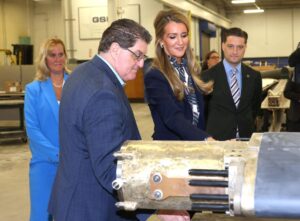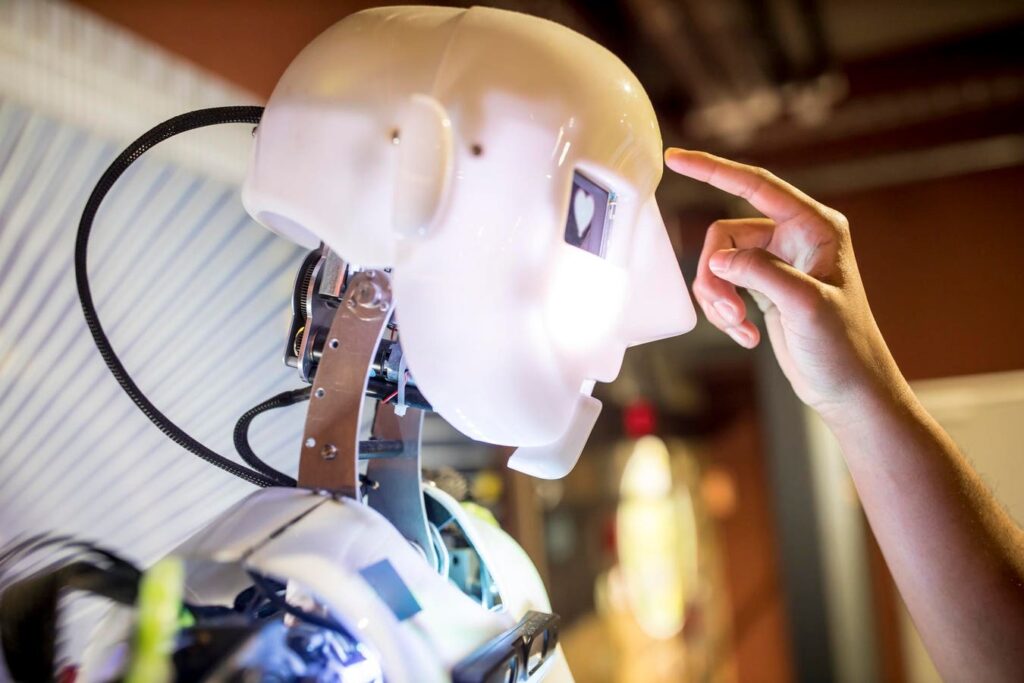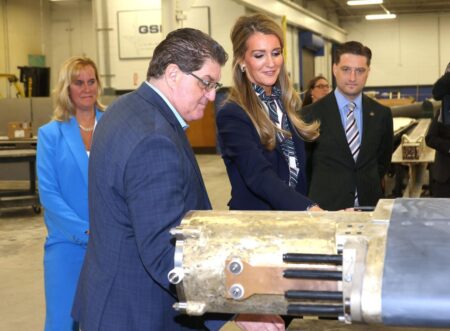Anton Alikov, CEO and Founder, Arctic Ventures.
The world of high technology is no stranger to hype waves. From the dot-com boom to the emergence of cryptocurrencies, and even more recently, the rapid development of AI, investors are constantly looking for something new. Now, I see the world on the verge of a new era in robotics, with humanoid robots becoming an increasingly attractive theme for investments.
Thanks to advances in AI, materials science, machine learning (ML) and robotics, humanoids are no longer the stuff of science fiction—they are becoming a reality and promising to rapidly transform industries across manufacturing, logistics, healthcare, education, entertainment and defense.
Humanoids are designed to resemble a human being and imitate our behavior and work. They can use the existing infrastructure created for humans, from warehouses and offices to residential buildings and cars. Today, the convergence of many technological advances makes it possible to create a new generation of machines that are even more productive and affordable than ever.
So, why humanoids? I see several reasons for the rapid penetration of humanoids into our lives right now:
1. Growing Global Demand For Automation
Companies from different industries are striving to increase efficiency, reduce costs and solve the problem of labor shortages. Unlike traditional industrial robots, which are often designed to perform specific tasks in a controlled environment, humanoids can work in a variety of conditions and automate a wide range of actions.
2. Labor Shortage
The aging population around the world and wage increases in such sectors as mining, manufacturing and logistics are pushing companies to introduce robots to perform physically demanding, repetitive and monotonous tasks for which it is increasingly difficult to find reliable workers.
3. Technological Advances
Modern humanoids are equipped with sophisticated AI-algorithms that allow them to learn, adapt to new situations and perform complex tasks. For example, computer vision allows robots to recognize objects, navigate in space and interact with people more naturally. Natural language processing technology enables them to understand verbal commands.
As AI and ML continue to evolve, robots will become increasingly autonomous and versatile, opening up new opportunities for their use. In addition, the development of new materials and hardware components has significantly expanded the physical capabilities of humanoids. Lightweight and durable materials such as carbon fiber and advanced polymers are widely used to create robots that are now strong and maneuverable. Innovations in actuators, sensors and batteries have also contributed to increased versatility, mobility, maneuverability and energy efficiency.
According to Crunchbase, investors invested more than $7 billion in such projects in 2024. ETF-funds dedicated to the broad theme of robotics (e.g., exchange-traded funds like VanEck Robotics, ARK Autonomous Technology & Robotics and Global X Robotics & Artificial Intelligence) have been operating on the market for several years, but there is still no specialized fund dedicated only to humanoids. Most likely, such a fund will appear in the foreseeable future.
4. Market Potential
Morgan Stanley predicts that the number of humanoids in the United States alone could reach 8 million units by 2040 and 63 million units by 2050. Goldman Sachs estimate the global market to reach $38 billion by 2035. ARK Invest’s estimation is a staggering $24 trillion. Recently, at a meeting of Tesla shareholders, Elon Musk expressed confidence in humanoids.
5. Support From Tech Giants
Companies like Tesla, Google, Nvidia and Amazon are investing heavily in humanoid R&D; they are helping to instill confidence in the industry and can eventually serve as a catalyst for explosive investment growth. Overall, the resources and experience of major players can make humanoids an attractive offer for the broad investor community.
6. Media And Public Interest
Humanoids have a rare ability to capture the public’s imagination and evoke strong emotions. These machines have long been an integral part of popular culture: music, novels, films, etc. As humanoids become more sophisticated, public interest is likely to only increase. High recognition can create a positive feedback loop, stimulating further demand and attracting even more investments.
7. Synergy With Other Technologies
Humanoids are not separate products; they are part of a broader ecosystem of new technologies. Their development is closely linked to advances in AI, IoT, 5G and advanced computing and materials. This convergence creates opportunities for cross-industry cooperation and innovation.
Integrating Humanoids
Nevertheless, leaders considering the integration of humanoids into their organizations must be aware of challenges that can impact the success of adoption. Incorporating them into existing business processes requires restructuring, specialized training and ongoing maintenance, which can possibly disrupt operations and incur additional costs. Particularly, research and development (R&D) costs may be very high for manufacturers. Overall, achieving cost-effective mass production while maintaining reliability remains a challenge.
We should also ensure that the safety of humans working alongside humanoids is of paramount importance. The wide use of humanoids also raises questions about privacy, autonomy and the ethical use of AI in decision-making roles; the regulatory framework for these concerns is still underdeveloped in many countries.
But while these are issues to consider, none of them seem to be stopping this technology’s progress; I think humanoids represent a rare combination of advanced technology and increasing market demand, which makes them a likely candidate for the next investment rush.
With the potential to revolutionize numerous areas of life, these machines are poised to attract widespread attention from investors, corporations, governments and consumers.
Forbes Business Council is the foremost growth and networking organization for business owners and leaders. Do I qualify?
Read the full article here











